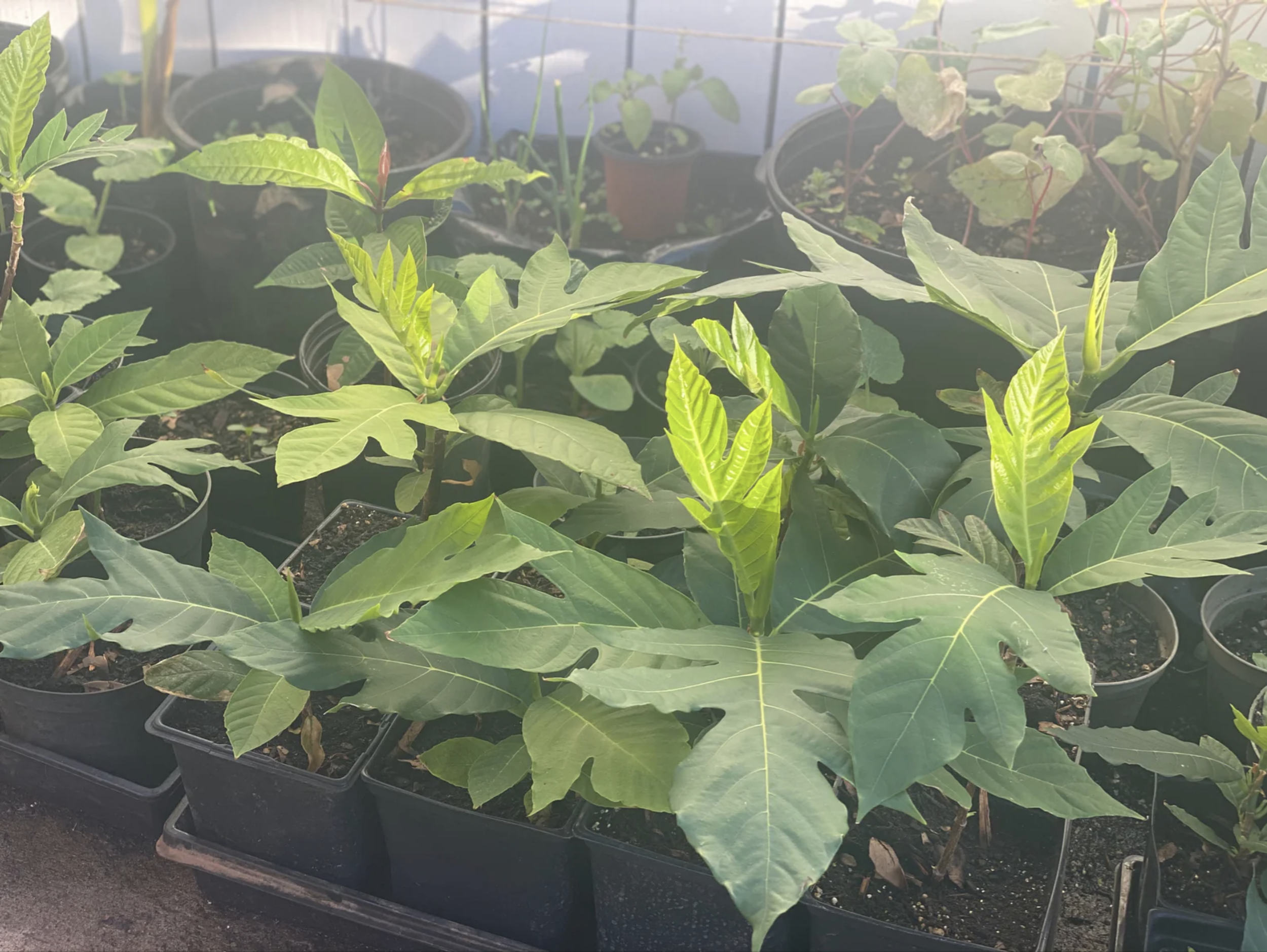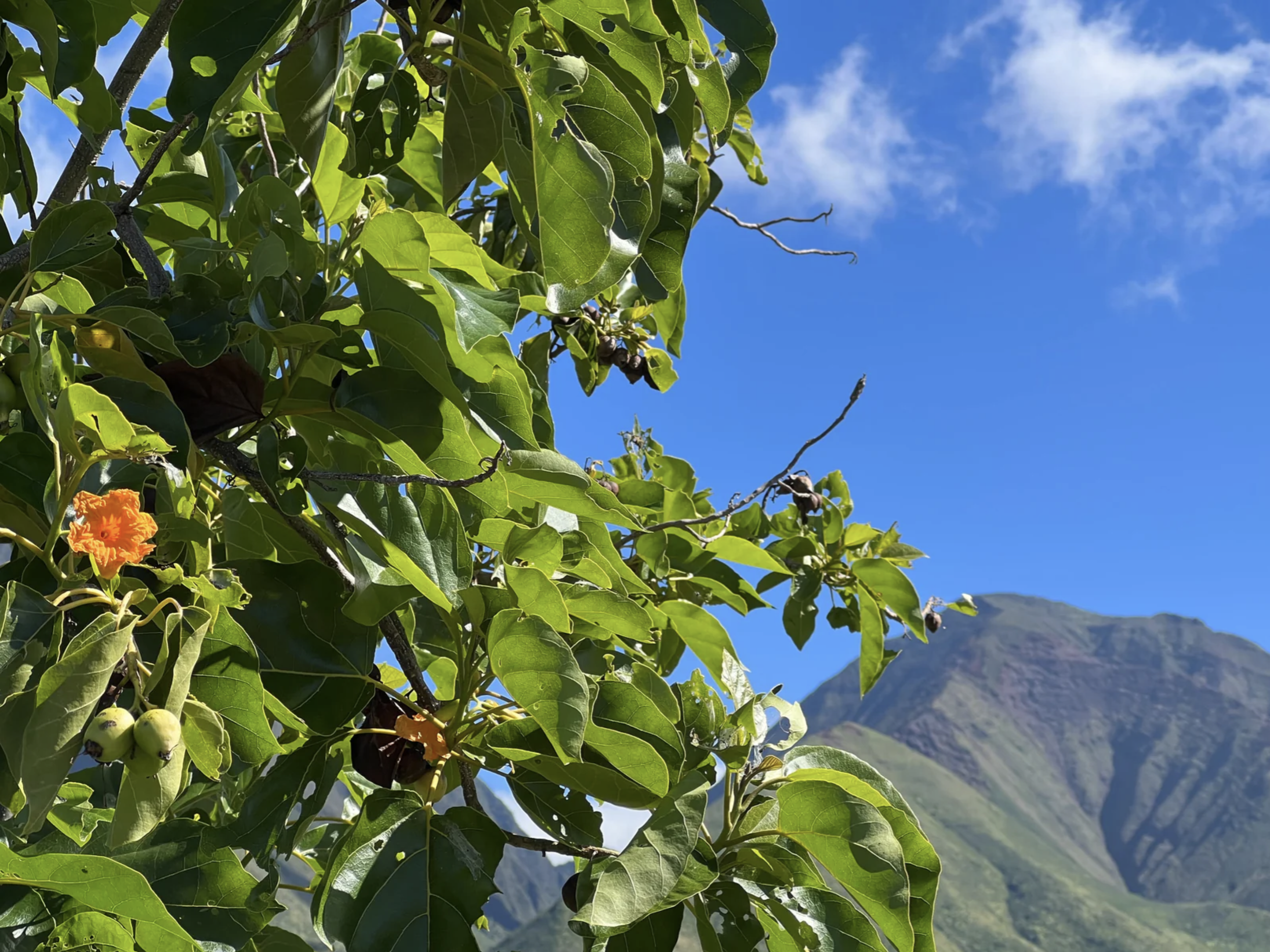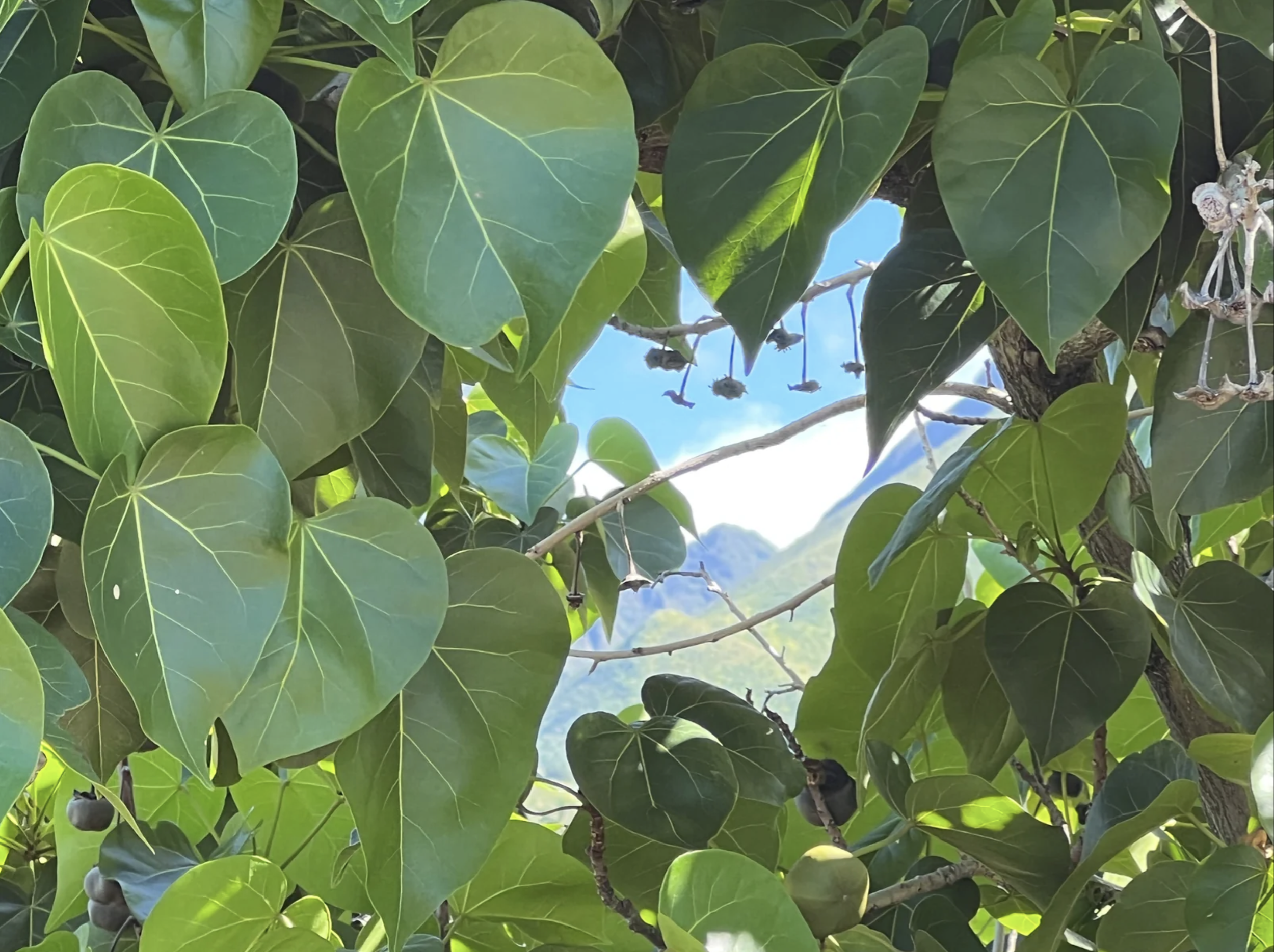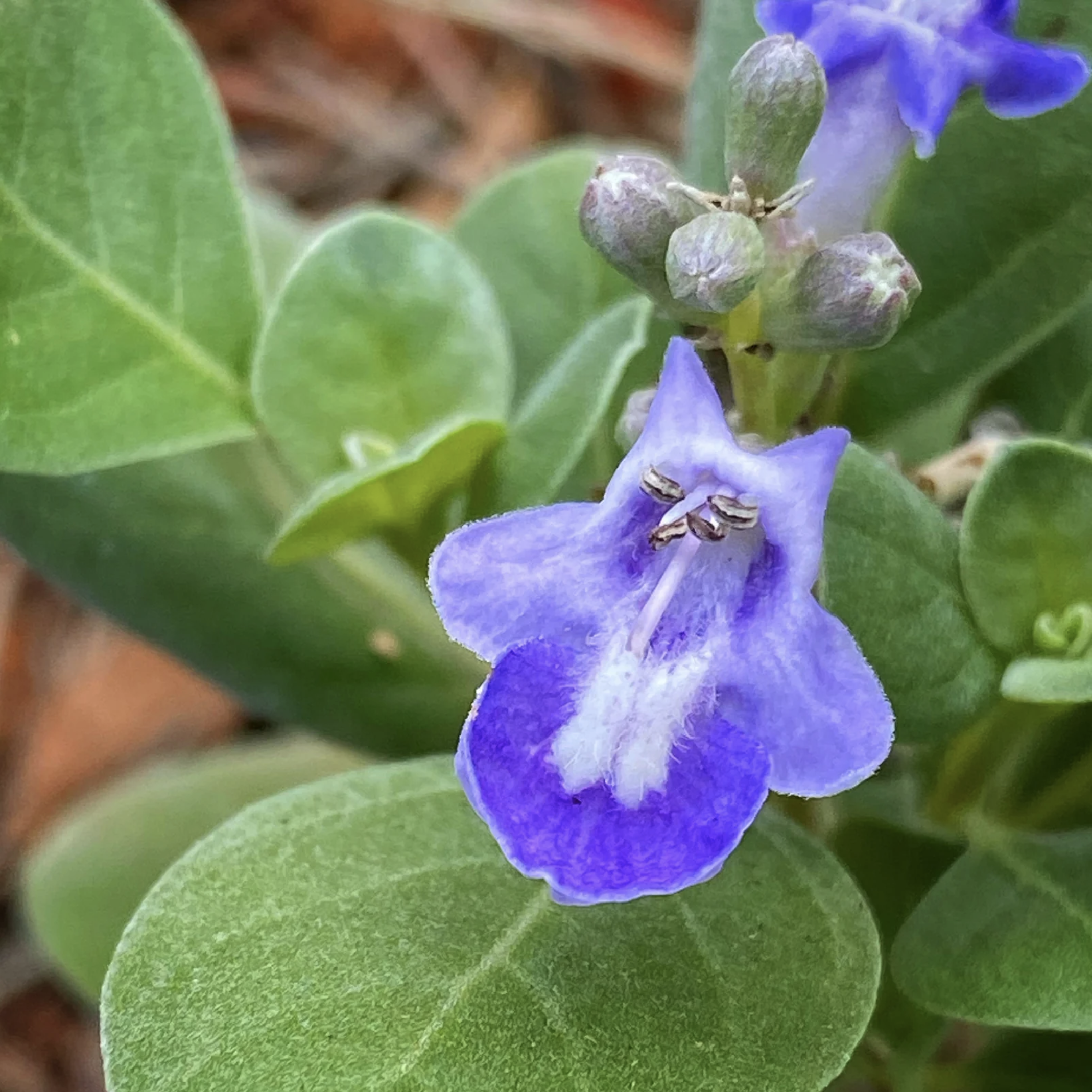Protecting coastal watersheds through riparian restoration and regenerative agriculture
The Island of Maui is rich in plant and animal biodiversity and historically has served as a model ecosystem for living sustainably in harmony with the land. In recent decades, however, parts of Maui have faced neglect and are in need of restoration.
In the HO’OWAIWAI Watershed Project (pronounced as "ho-oh-vye-vye"), SeaTrees and Regenerative Education Centers will restore and regenerate critical coastal watershed systems, known in the Hawaiian language as an Ahupua'a (pronounced ahoo-poo-ah-ah). We will focus on two Mokus (or districts) within these Ahupua’a, Maliko Gulch and Launiupoko.
Regenerative Education Centers restores and maintains the land by direct restoration of the stream bed and regenerative agricultural practices, which then serves the community as a source of regenerative organic produce, erosion prevention, and protection for the neighboring reefs.
A FRAGILE ECOSYSTEM
Degraded after years of neglect
Maliko Gulch and Launiupoko have faced decades of mismanagement. In Maliko Gulch, the valley within the gulch served as a dumping ground for the past 100 years. In Launiupoko, the soil has been left fallow after years of the cane industry overworking the land.
Regenerative Education Centers now stewards the land in Maliko Gulch and Launiupoko, setting an example for what sustainable watershed restoration looks like. The restoration efforts focus specifically on removing trash and invasive species (plant and animal), and growing native and voyaging plant species (a mix of trees, shrubs, and grasses) in critical areas within the watershed. This will in turn reduce soil erosion and sedimentation into the streams, resulting in direct improvements and protection of the reef systems that are located at the end of the watershed.







